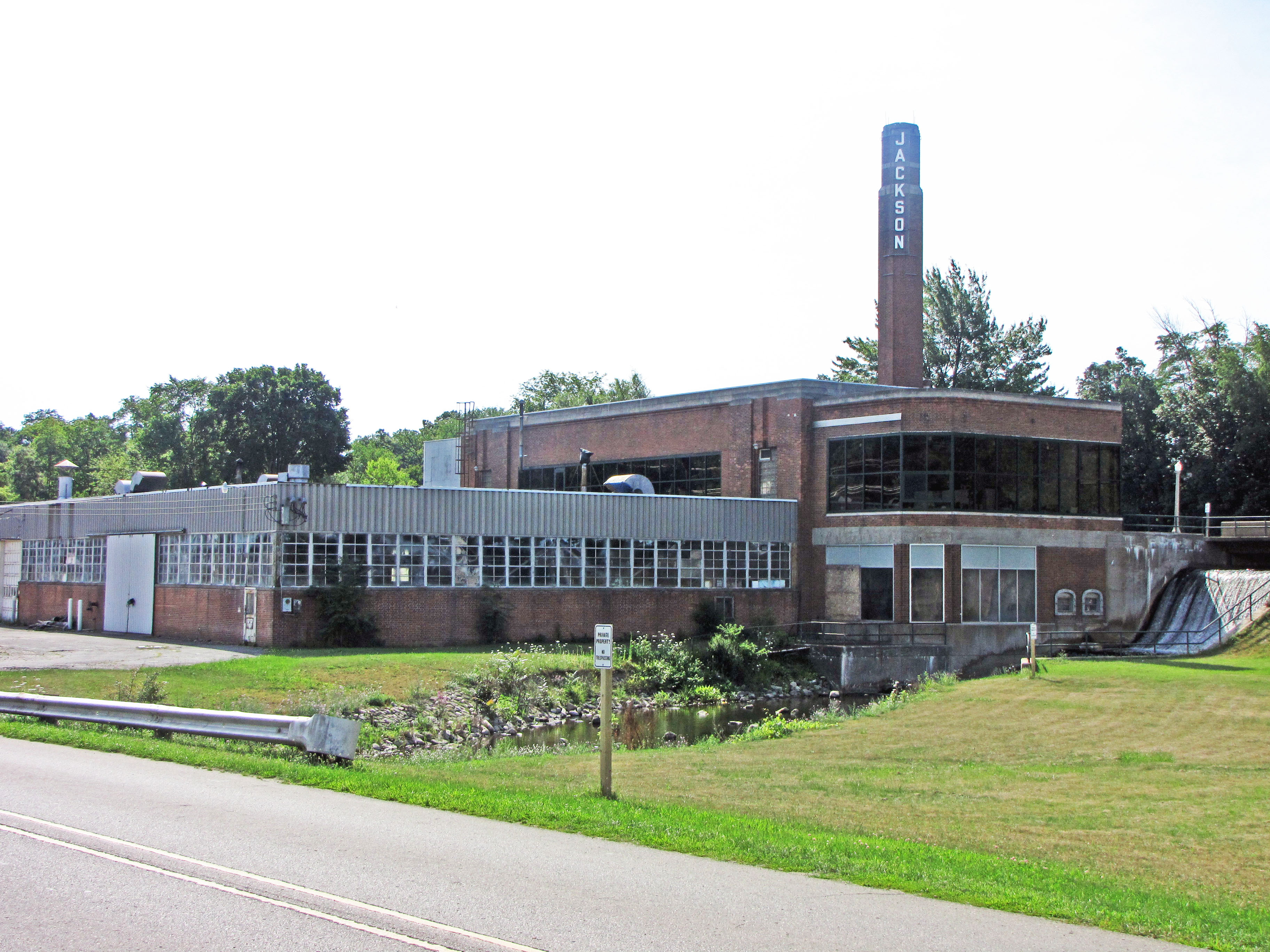

Henry Ford had numerous unusual ideas that distinguished him from professionally trained businessmen and engineers. At the end of World War I, he developed the idea for Village Industries. His huge Highland Park plant produced thousands of Model T’s every day; indeed, production was so great and increasing so rapidly that he began to shift vehicle production to the River Rouge plant that he developed several years earlier when he was asked to build boats for the Navy. Those plants eventually hired tens of thousands of men. Ford needed many small parts every day for his busy production lines. He decided to manufacture some component parts in small plants in villages and towns near Detroit. Apparently, he had several reasons for doing this, but there is still debate about those reasons.
The Village Industries were located in rural areas and small towns and employed modest numbers of workers. They worked in a setting similar to Nineteenth-Century manufacturing rather than the massive production line strategy that Ford perfected. Henry Ford never wrote a long
explanation for his experiment with Village Industries. Since he made all the key decisions for his company, he did not have to present a detailed management plan to a Board of Directors, nor did he have to get the approval of bankers, or investors. At this time, there were few local, state or federal regulatory agencies that might have requested long technical documents about environment impact of turning an old mill into a parts factory. Those who have written about Henry Ford and his Village Industries speculate that Ford knew that farmers’ incomes were low and that many of them could work in a nearby plant and still maintain their fields and herds. Most likely, this was Ford’s motivation. Ford also had a consistent interest in what we now call alternative sources of energy. By the end of World War I, he thought that the world would someday run out of petroleum and have to turn to other sources. He used coal extensively to power his major production plants. Indeed, he owned coal mines in Kentucky and purchased the Detroit Toledo and Ironton Railroad to transport that coal to Dearborn. He knew the high cost of mining and transporting coal and the challenges of burning it efficiently. Thus, many or most of his Village Industry plants were former water-powered mills located on rivers. In several of them, Ford insisted that long-idle water power system be restarted. Ford believed that the United States would not or, perhaps should not, become a nation of huge cities such as Detroit. He expected the growth of many moderate-sized cities, so his anti-urban views may have encouraged him to experiment with Village Industries. By the time he started his Village Industries—1920—the huge Studebaker plant in Detroit had been unionized. Ford stridently opposed unions and this may have played a role in his decision to create small plants in rural areas, but I have never seen any documentation of this. Ford employed black workers in his Dearborn and Highland Park plants, but apparently only one Village Industry—Ypsilanti—hired black workmen.
Henry Ford established 19 village industries in southeast Michigan: the first one—in Northville—opened in 1920, while the last one—in Cherry Hill—started production in 1945. Only two of the 19 small factories closed before the end of World War II, but 16 more of them were shuttered between 1947 and the late 1950s. The management at Ford that followed Henry Ford found the Village Industries inefficient and did not share his motivations. The one in Northville remained in operation until 1989. The employment in the factories ranged from a low of just 19 workers in the Saline and Sharon Mills plants to about 1,500 in the Ypsilanti plant.
Brooklyn is the Village Industry most geographically removed from the Ford River Rouge plant. Calvin Swain filed a claim for land on the banks of the Raisin River on June 16, 1832. Sometime after that, he established a gristmill at this point. At first this small settlement was known as Swainsville, but on August 5, 1836, the residents decided to officially call this attractive Irish Hills location, Brooklyn. Henry Ford bought that mill in 1921 but did not operate a plant here until 1939 when it became his fifteenth Village Industry. Ford rebuilt or reestablished a 66-horsepower water turbine and then used two of his V-8 engines to power the machines in this small factory. The workers at this plant originally produced horns and electric starter switches. During World War II, they manufactured brass spark plug brushings for B-24 Bombers and component parts for aircraft engines. In 1954, this plant switched to the production of plastic parts for vehicles such as lamp lenses and arm rests. By the mid-1960s, the Ford Motor Company completed a large plastics plant that still operates on the east side of Saline, but is no longer owned by the vehicle firm. Once that plant opened, the Brooklyn Mill was redundant so it was closed, making it one of the final Village Industries to operate. At its peak, 210 were employed here.
State of Michigan Registry of Historic Sites: Not listed
National Register of Historic Places: Listed January 12, 2017
Photograph: Ren Farley, summer, 2009
Description updated: January, 2017
Return to Ford Village Industries
Return to Home Page